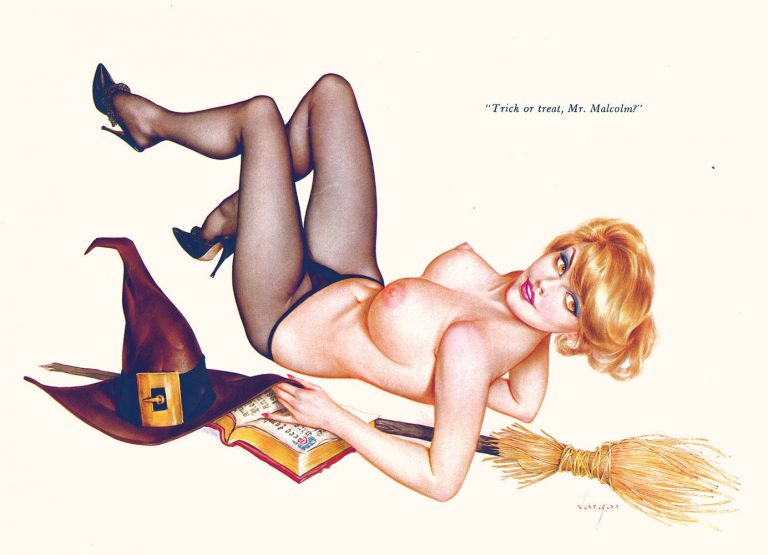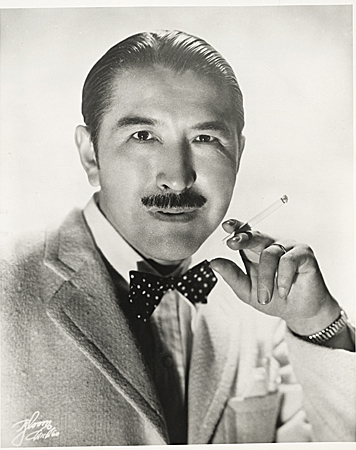 The female form has been revered for ages. As a matter of fact the female form was the fault for “original sin.” Hourglass figures. Cuerpo de Coca-Cola. La Marilyn, La Felix, La Taylor, La Maria Victoria. Cuerpo di uva. The world without the feminine image would undoubtedly be a bleak and dark one. But no other artist has rendered and venerated the sacred feminine as Alberto Vargas has. In fact every pin-up we see is associated with Vargas. The Vargas (or “Varga”) Girl has influenced every aspect of our culture, from tattoos, to fashion, to calendars, to low-riders, to our crazy idea of the perfect pouted lipped woman with the round full upstanding boobs, the perfectly generous and firm bottom divided by a tiny silky waist. Watercolor and spray paint perfection, the ancestors of our modern Photoshop.
The female form has been revered for ages. As a matter of fact the female form was the fault for “original sin.” Hourglass figures. Cuerpo de Coca-Cola. La Marilyn, La Felix, La Taylor, La Maria Victoria. Cuerpo di uva. The world without the feminine image would undoubtedly be a bleak and dark one. But no other artist has rendered and venerated the sacred feminine as Alberto Vargas has. In fact every pin-up we see is associated with Vargas. The Vargas (or “Varga”) Girl has influenced every aspect of our culture, from tattoos, to fashion, to calendars, to low-riders, to our crazy idea of the perfect pouted lipped woman with the round full upstanding boobs, the perfectly generous and firm bottom divided by a tiny silky waist. Watercolor and spray paint perfection, the ancestors of our modern Photoshop.
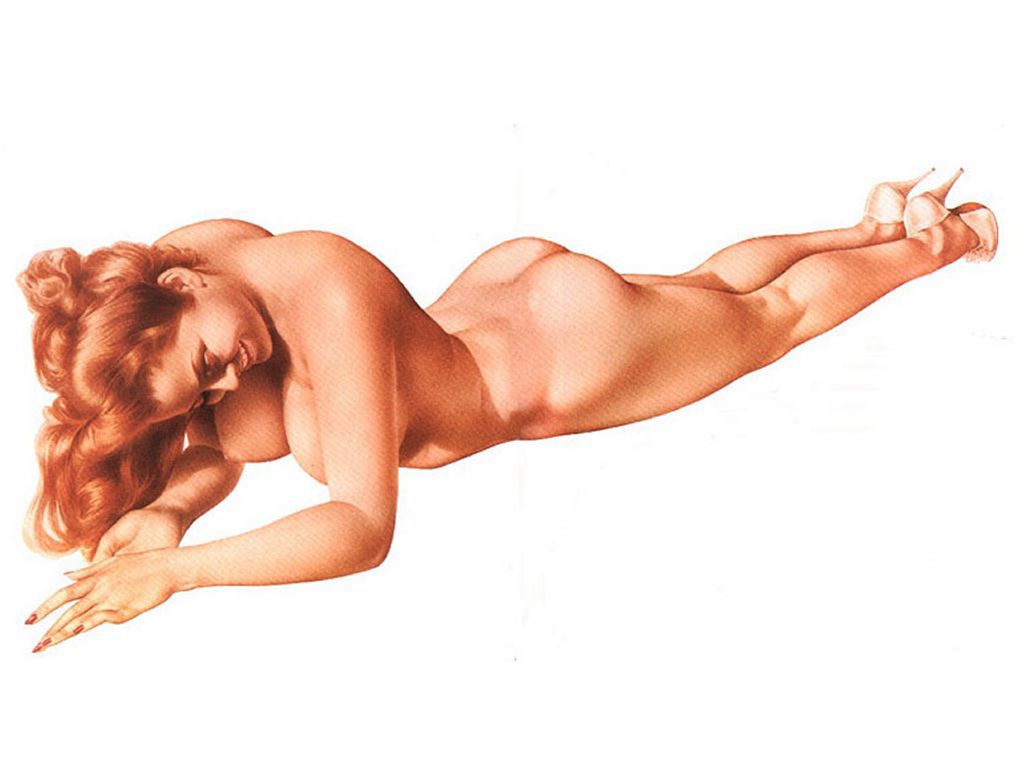 Yet, very few people know the origin of the Vargas Girl, the epitome of glamorous sexiness, though you can find it on many a Marine forearm. Joaquin Alberto Vargas y Chavez was born in 1896 among the vast mountains of Peru’s second-largest city, Arequipa, to a successful photographer father which granted him with a fine education in the European (ateliers). After Europe he landed in New York where he fell in LOVE with the American Girl and the bohemian life. Ultimately he was a self taught artist who preserved images of beautiful women for some of the twentieth century’s greatest purveyors of American Beauty: Florenz Ziegfeld’s Follies, Esquire Magazine, Hollywood and of course, Playboy.
Yet, very few people know the origin of the Vargas Girl, the epitome of glamorous sexiness, though you can find it on many a Marine forearm. Joaquin Alberto Vargas y Chavez was born in 1896 among the vast mountains of Peru’s second-largest city, Arequipa, to a successful photographer father which granted him with a fine education in the European (ateliers). After Europe he landed in New York where he fell in LOVE with the American Girl and the bohemian life. Ultimately he was a self taught artist who preserved images of beautiful women for some of the twentieth century’s greatest purveyors of American Beauty: Florenz Ziegfeld’s Follies, Esquire Magazine, Hollywood and of course, Playboy.
 Vargas’ work is best known for its realness, vividness and perfection in rendering the naked female figure. Nineteen-year-old Alberto Vargas landed in New York in 1915 after two years of liberal arts and photography studies in France, Switzerland and Germany. In 1919 he started collaborating with Florenz Ziegfeld. Ziegfeld’s Follies were the most elaborately produced spectacles Broadway had ever seen and Vargas would do full-length portraits of selected stars and showgirls, thus commencing a 12 year relationship. Vargas produced his last portrait in 1931 after Ziegfeld succumbed to the Great Depression that blanketed the country. He then proceeded to work in advertisement and drawing storyboard set designs for Fox and Warner Bros.
Vargas’ work is best known for its realness, vividness and perfection in rendering the naked female figure. Nineteen-year-old Alberto Vargas landed in New York in 1915 after two years of liberal arts and photography studies in France, Switzerland and Germany. In 1919 he started collaborating with Florenz Ziegfeld. Ziegfeld’s Follies were the most elaborately produced spectacles Broadway had ever seen and Vargas would do full-length portraits of selected stars and showgirls, thus commencing a 12 year relationship. Vargas produced his last portrait in 1931 after Ziegfeld succumbed to the Great Depression that blanketed the country. He then proceeded to work in advertisement and drawing storyboard set designs for Fox and Warner Bros.
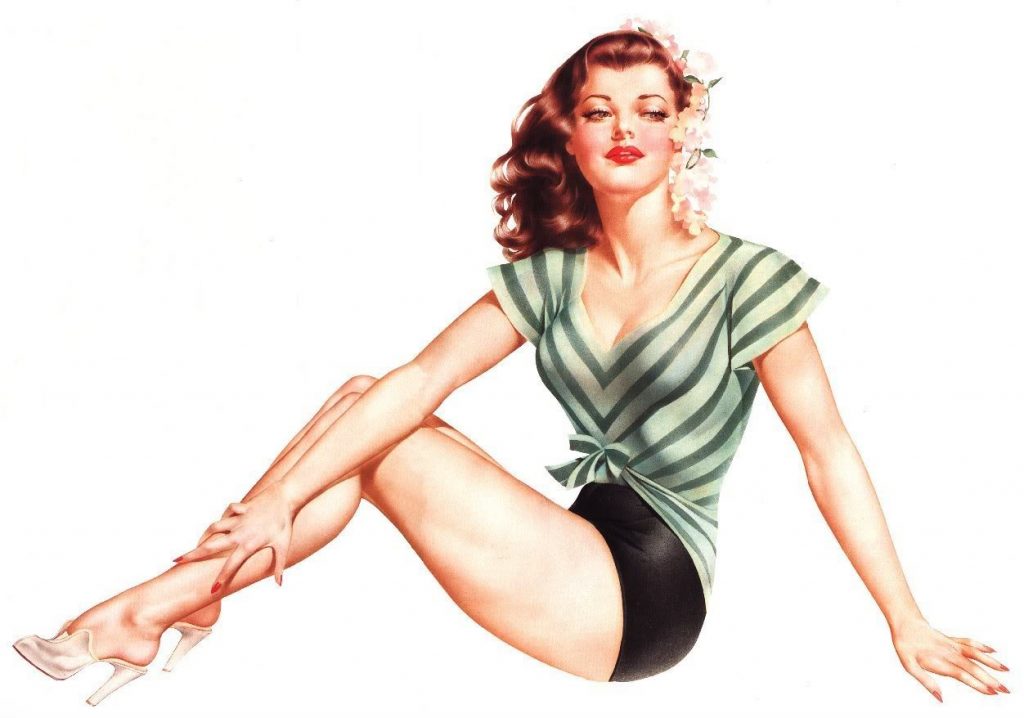 Lady Luck would knock on Vargas’ door once again and in 1941, at about the same time the Germans were occupying Paris, he found himself signing a three-year a contract with Esquire calling for his exclusive services. His participation in the 1940’s calendar for Esquire Magazine catapulted him to fame. “Young women of a certain age willingly swapped their Shirley Temple paper dolls for the more potent charms of the Varga Girl. “Sweethearts and mothers would unhesitatingly send the Varga calendar to their boys in the service” according to Esquire Magazine. Month to month the boys overseas were reminded that there was more at home waiting than just mom’s apple pie. This is where the Varga(s) Girl was born. Nevertheless his association with Esquire Magazine ended in crude litigation in the 1950’s and Vargas found himself broke and despaired until his rebirth with Playboy Magazine in 1957 where (when in desperate need of a model) he rendered the first nude black woman in Playboy for the March 1964 issue.
Lady Luck would knock on Vargas’ door once again and in 1941, at about the same time the Germans were occupying Paris, he found himself signing a three-year a contract with Esquire calling for his exclusive services. His participation in the 1940’s calendar for Esquire Magazine catapulted him to fame. “Young women of a certain age willingly swapped their Shirley Temple paper dolls for the more potent charms of the Varga Girl. “Sweethearts and mothers would unhesitatingly send the Varga calendar to their boys in the service” according to Esquire Magazine. Month to month the boys overseas were reminded that there was more at home waiting than just mom’s apple pie. This is where the Varga(s) Girl was born. Nevertheless his association with Esquire Magazine ended in crude litigation in the 1950’s and Vargas found himself broke and despaired until his rebirth with Playboy Magazine in 1957 where (when in desperate need of a model) he rendered the first nude black woman in Playboy for the March 1964 issue.
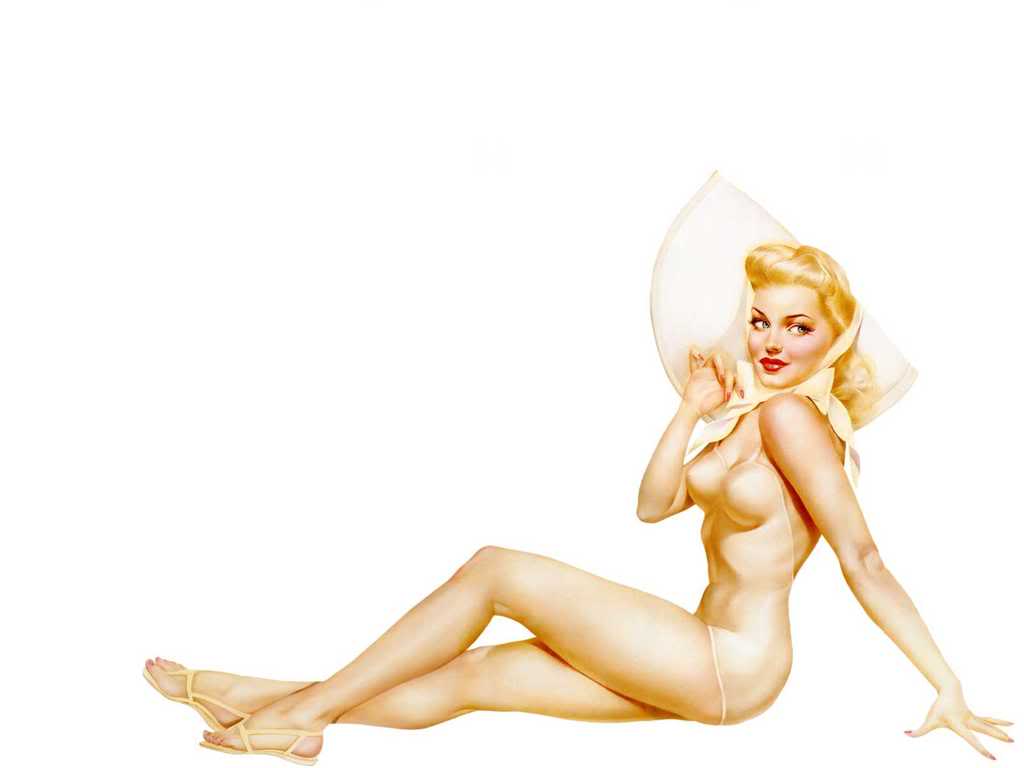 The storied and turbulent career of glamorous artist Alberto Vargas took him from the Follies in the 1920s, to Hollywood in the ‘30s, to Esquire Magazine and the emergence of the “Varga Girl” in the 40’s, and ultimately to a lasting home at Playboy in the 60’s and 70’s. But regardless of the decade, Vargas was always true to his adoration and preservation of the beautiful female form. Alberto Vargas died in Los Angeles on December 30, 1982, but his art remains a testament to his perseverance and devotion to female beauty.
The storied and turbulent career of glamorous artist Alberto Vargas took him from the Follies in the 1920s, to Hollywood in the ‘30s, to Esquire Magazine and the emergence of the “Varga Girl” in the 40’s, and ultimately to a lasting home at Playboy in the 60’s and 70’s. But regardless of the decade, Vargas was always true to his adoration and preservation of the beautiful female form. Alberto Vargas died in Los Angeles on December 30, 1982, but his art remains a testament to his perseverance and devotion to female beauty.
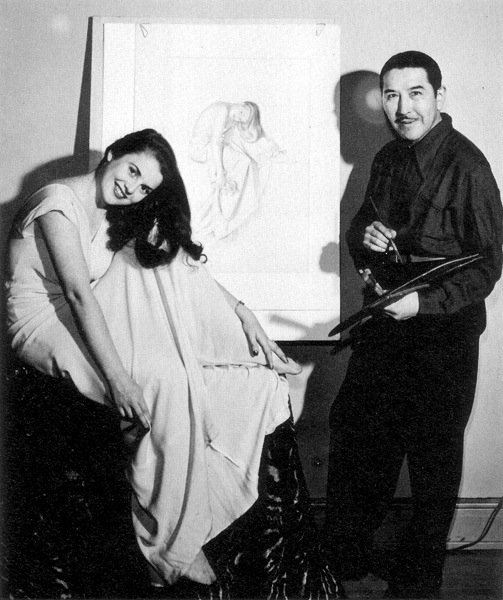 TEXT: JESSICA VILLA
TEXT: JESSICA VILLA


